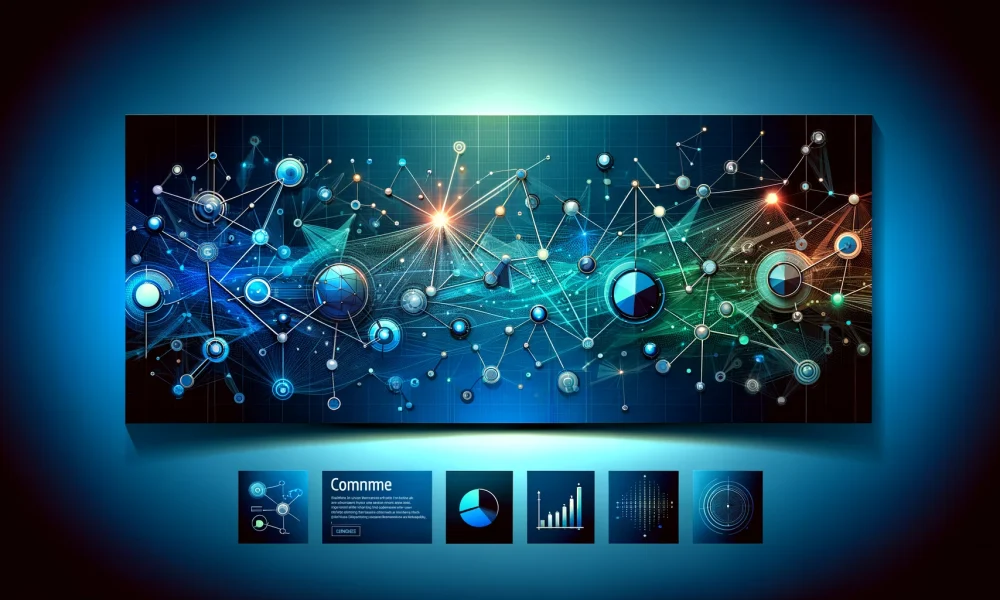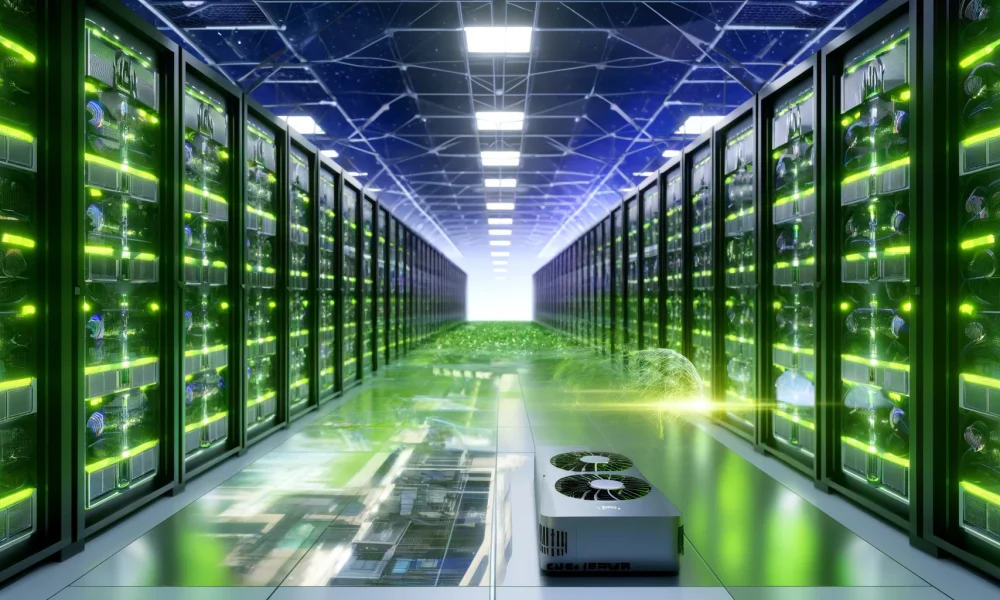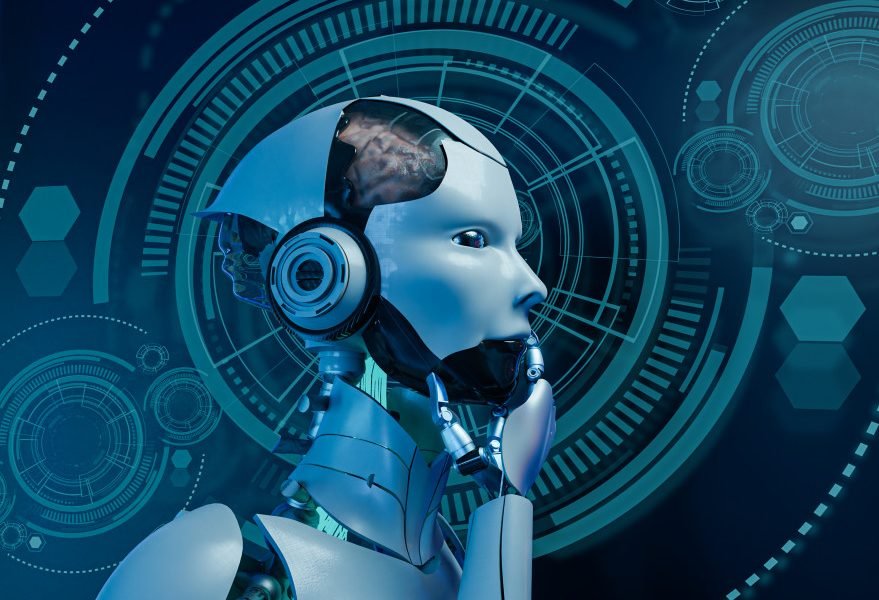**Revolutionizing Generative AI in 2024**
The year 2024 marks an exciting shift in the realm of generative AI. As cloud-based models like GPT-4 continue to advance, the trend of running powerful generative AI on local devices is gaining traction. This shift has the potential to revolutionize how small businesses, developers, and everyday users can benefit from AI. Let’s delve into the key aspects of this transformative development.
**Embracing Independence from the Cloud**
Generative AI has traditionally relied on cloud services for its computational needs. While the cloud has driven innovation, it comes with challenges in deploying generative AI applications. Concerns over data breaches and privacy have escalated, prompting a shift towards processing data locally with on-device AI. This shift minimizes exposure to external servers, enhancing security and privacy measures.
Cloud-based AI also grapples with latency issues, resulting in slower responses and a less seamless user experience. On the other hand, on-device AI significantly reduces latency, offering faster responses and a smoother user experience. This is particularly crucial for real-time applications such as autonomous vehicles and interactive virtual assistants.
**Sustainability and Cost Efficiency**
Another challenge for cloud-based AI is sustainability. Data centers powering cloud computing are notorious for their high energy consumption and substantial carbon footprint. In the face of climate change, the need to reduce technology’s environmental impact is paramount. Local generative AI emerges as a sustainable solution, reducing reliance on energy-intensive data centers and cutting down on constant data transfers.
Cost is also a significant factor to consider. While cloud services are robust, they can be costly, especially for continuous or large-scale AI operations. Leveraging local hardware can help companies trim operational costs, making AI more accessible for smaller businesses and startups.
**Seamless Mobility with On-Device AI**
Continual reliance on an internet connection is a drawback of cloud-based AI. On-device AI eliminates this dependency, ensuring uninterrupted functionality even in areas with poor or no internet connectivity. This aspect proves beneficial for mobile applications and remote locations where internet access may be unreliable.
The shift towards local generative AI showcases a convergence of factors that promise enhanced performance, improved privacy, and wider democratization of AI technology. This trend makes powerful AI tools accessible to a broader audience without the need for constant internet connectivity.
**The Rise of Mobile Generative AI with Neural Processing Units**
Beyond the challenges of cloud-powered generative AI, integrating AI capabilities directly into mobile devices has emerged as a pivotal trend. Mobile phone manufacturers are investing in dedicated AI chips to boost performance, efficiency, and user experience. Companies like Apple, Huawei, Samsung, and Qualcomm are spearheading this movement with their advanced AI processors.
**Enhancing Everyday Tasks with AI PCs**
The integration of generative AI into everyday applications like Microsoft Office has led to the rise of AI PCs. Advances in AI-optimized GPUs have supported this emergence, making consumer GPUs more adept at running neural networks for generative AI. The Nvidia RTX 4080 laptop GPU, released in 2023, harnesses significant AI inference power, paving the way for enhanced AI capabilities on local devices.
AI-optimized operating systems are speeding up the processing of generative AI algorithms, seamlessly integrating these processes into the user’s daily computing experience. Software ecosystems are evolving to leverage generative AI capabilities, offering features like predictive text and voice recognition.
**Transforming Industries with AI and Edge Computing**
Generative AI is reshaping industries globally, with edge computing playing a crucial role in reducing latency and facilitating real-time decision-making. The synergy between generative AI and edge computing enables applications ranging from autonomous vehicles to smart factories. This technology empowers innovative solutions like smart mirrors and real-time crop health analysis using drones.
Reports indicate that over 10,000 companies utilizing the NVIDIA Jetson platform can leverage generative AI to drive industrial digitalization. The potential economic impact of generative AI in manufacturing operations is substantial, with projections indicating significant added revenue by 2033.
**Embracing the Future of AI**
The convergence of local generative AI, mobile AI, AI PCs, and edge computing signifies a pivotal shift in harnessing the potential of AI. Moving away from cloud dependency promises enhanced performance, improved privacy, and reduced costs for businesses and consumers. From mobile devices to AI-driven PCs and edge-enabled industries, this transformation democratizes AI and fuels innovation across various sectors. As these technologies evolve, they will redefine user experiences, streamline operations, and drive significant economic growth globally.
1. What is Local Generative AI?
Local Generative AI refers to a type of artificial intelligence technology that is designed to operate on local devices, such as smartphones or smart home devices, rather than relying on cloud-based servers. This allows for faster processing speeds and increased privacy for users.
2. How does Local Generative AI shape the future of intelligent deployment?
By enabling AI algorithms to run locally on devices, Local Generative AI opens up a world of possibilities for intelligent deployment. From more efficient voice assistants to faster image recognition systems, this technology allows for smarter and more responsive applications that can adapt to individual user needs in real-time.
3. What are some practical applications of Local Generative AI?
Local Generative AI can be used in a wide range of applications, from improved virtual assistants and personalized recommendations to autonomous vehicles and smart home devices. By leveraging the power of AI on local devices, developers can create more efficient and responsive systems that enhance user experiences.
4. How does Local Generative AI impact data privacy?
One of the key benefits of Local Generative AI is its ability to process data locally on devices, rather than sending it to external servers. This helps to protect user privacy by reducing the amount of personal data that is shared with third parties. Additionally, this technology can enable more secure and private applications that prioritize user data protection.
5. What are the limitations of Local Generative AI?
While Local Generative AI offers a range of benefits, it also has some limitations. For example, running AI algorithms locally can require significant processing power and storage space, which may limit the scalability of certain applications. Additionally, ensuring the security and reliability of local AI systems can present challenges that need to be carefully managed.
Source link






